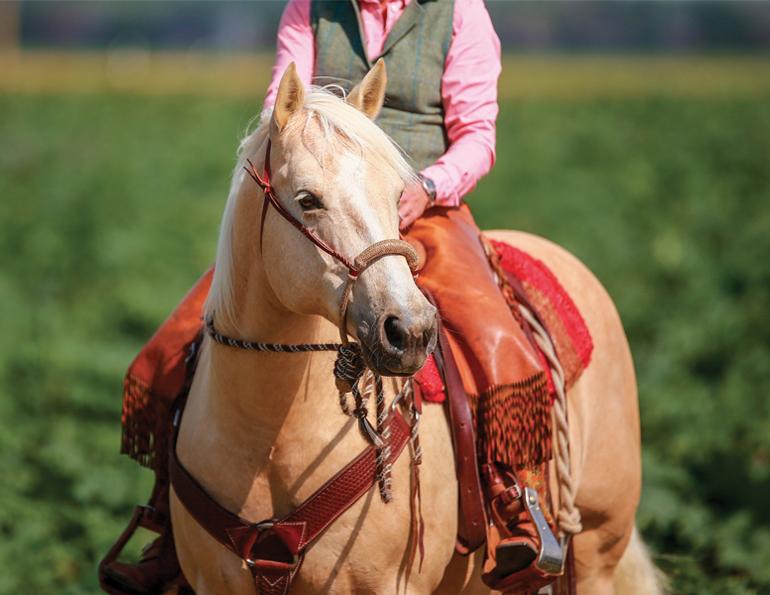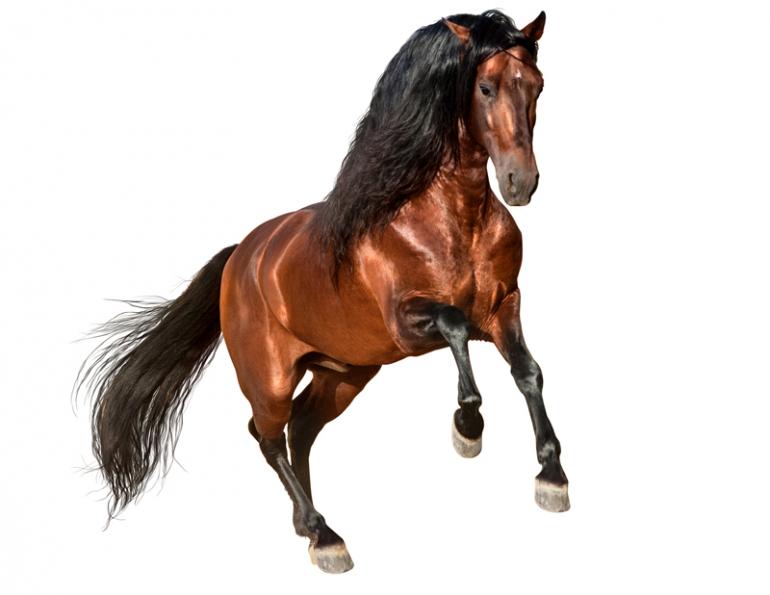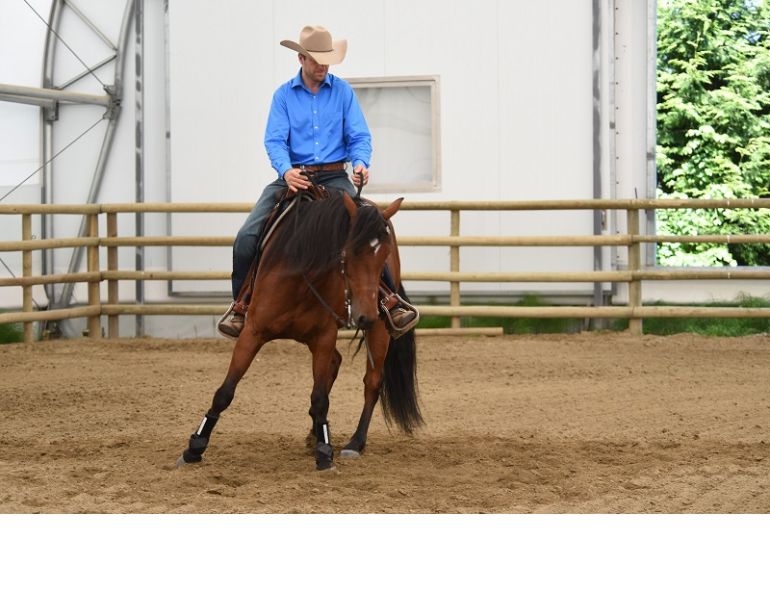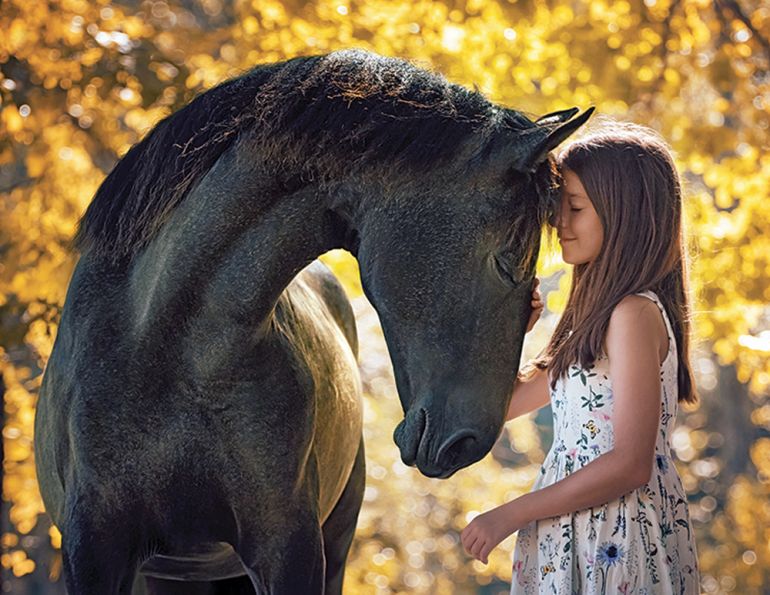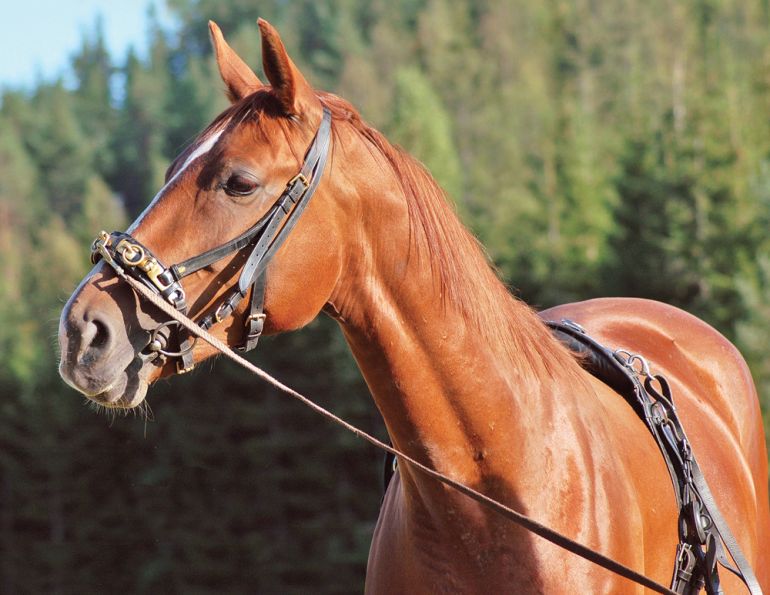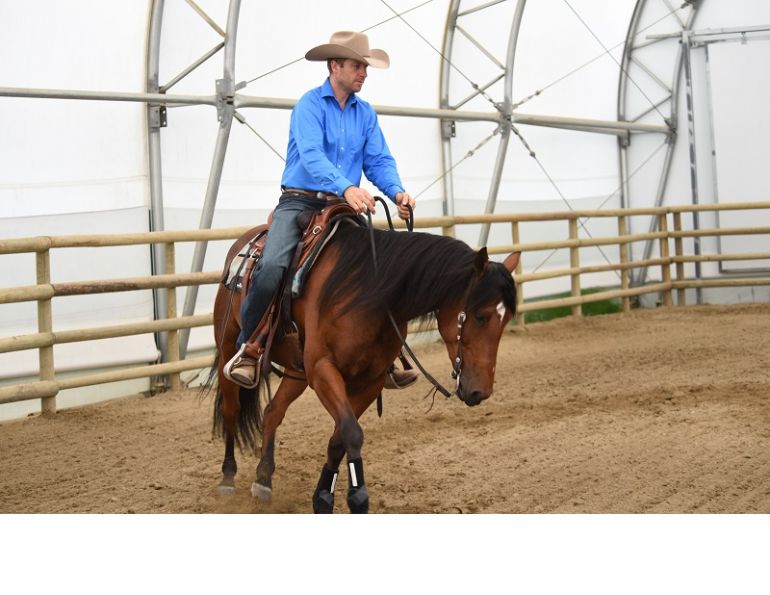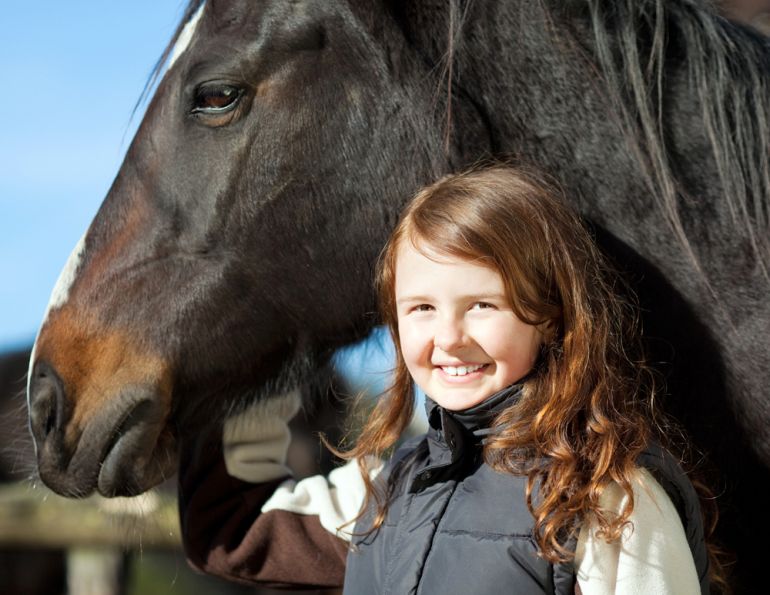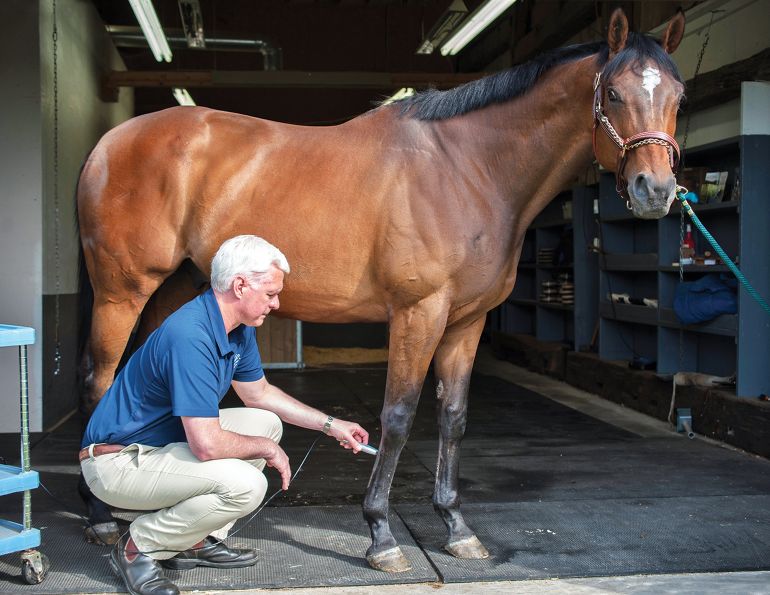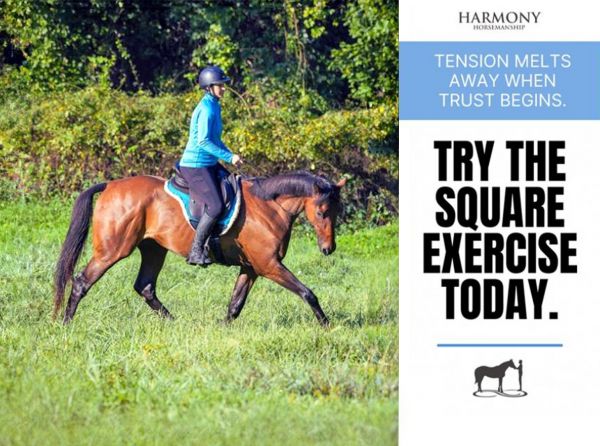By Charles Wilhelm
Question: I would like to know why it’s important that I lunge my horse. I would also like to understand the essentials of this exercise.
Answer: I have been asked this many times but it remains a good question. I just saw something on Facebook about someone who never lunges but just gets on and rides and has done this since the horse was a colt. This may be fine for this person and this particular horse, but for most people, lunging is a very important tool for working with a horse.
Why do we lunge?
1. Get the freshness out.
We lunge our horses for various reasons but primarily to get the freshness off the horse. I have clients who ride more and those who ride less, but on average, most people only ride one to three times a week. If the horse has a couple of days off, he will probably be fresh and not thinking about anything other than getting out and moving. Many riders must deal with this when they come out to ride. Why would you want to get on a horse that’s wound up? We all want our horses to feel good but we don’t want them to be yahoos that want to buck and kick. We need to get the freshness, or the ‘play’ as we sometimes call it, out of them. Working on a lunge line or in a round pen will deal with the horse’s need to kick up its heels. Lunging will also deal with any resistance and the exercise will get the horse thinking and paying attention to what it’s being asked to do. This warm-up will result in a better, more enjoyable, and safer ride.
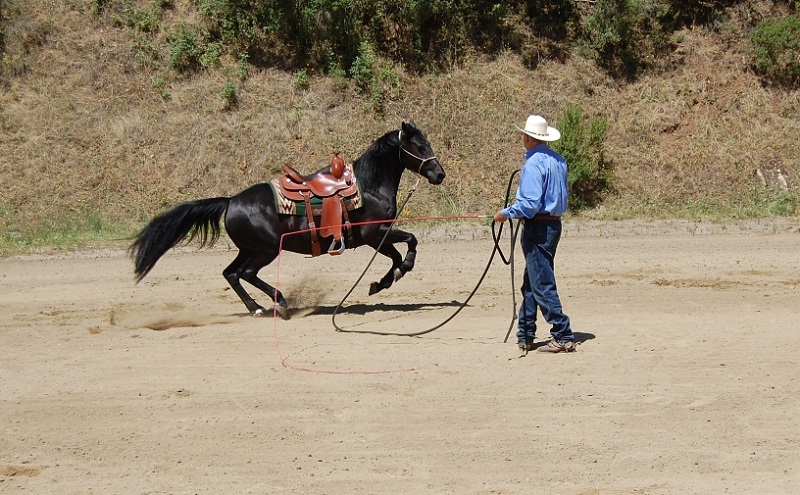
Lunging can help get the freshness out of your horse by dealing with his need to kick up his heels.
2. Relax the body.
When a horse is fresh, there can be little control of the feet other than getting the horse to go forward. Once the horse is going forward, our objective is to get the horse to relax. We don’t want to run the horse around on a lunge line for the sake of running around. I’ve seen a horse lunged for 45 minutes and at the end the horse was just as fired up as when it started. The result was that the horse bucked and the rider came off. With a horse that is already nervous or keyed up, you can actually increase the emotional level if you just run the horse around in circles. What we are looking for in the horse is relaxation in the gaits. For example, at the trot the horse should start to drop its poll and neck. The back should relax and you should see the stride lengthen.
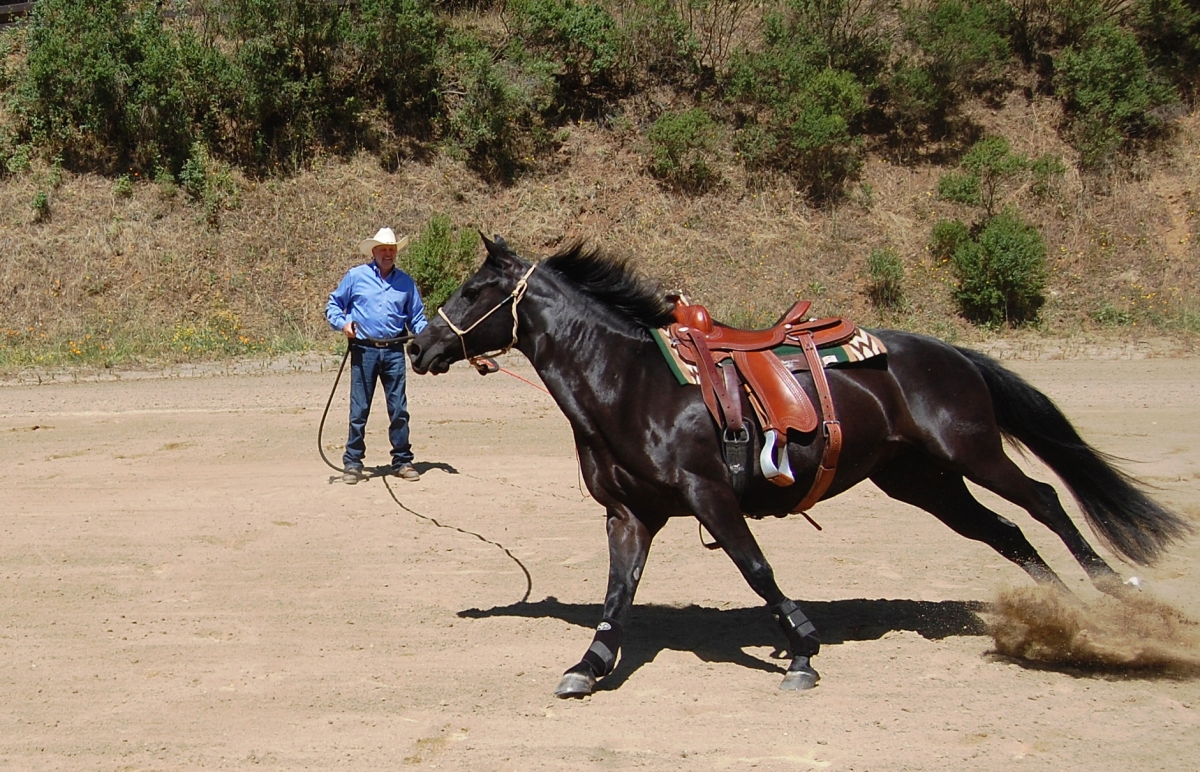
Lunging is not about letting the horse run in circles for the sake of running.
Some trainers say they don’t lunge or do round pen exercises with the horse because they want the horse to be edgy and have animated gaits. The truth is that if a horse is spooky and edgy, the gaits are going to be stiff instead of relaxed and fluid.
I have horses that, after five days in a stall, can be saddled and cantered out without a problem. Still, the gaits are stiff. Five minutes of lunging warms the horse up so that when I do get on, the gaits are much softer and the horse is more responsive.
3. Focus the attention.
The third objective of lunging relates to the horse’s mental attention. When the horse is moving in a very relaxed manner, his mind starts to relax, freeing him to think and respond positively, and keep his attention on you.
I want the horse to have an eye and an ear on me. I want him to be looking to me for his next cue. By the end of the exercise, I want to be able to control the hindquarters of the horse as well as the shoulders, and work on up and down transitions. When I can do this, the horse is really listening and there is a unity between us. The whole objective is to have a relationship with your horse.
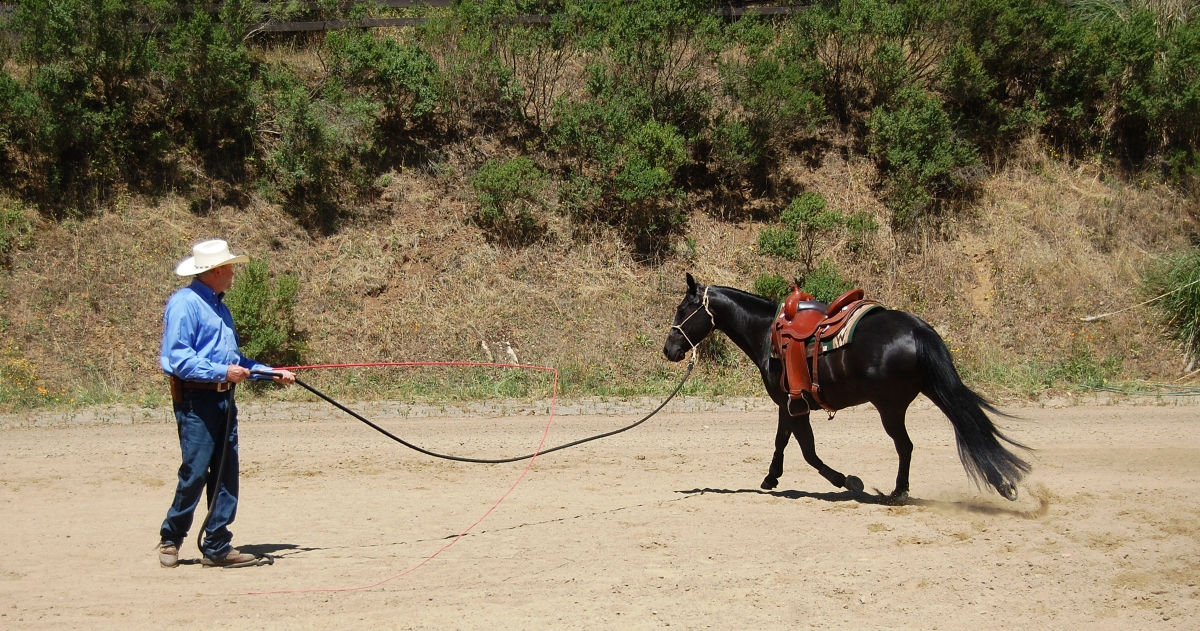
When the horse is moving forward in a relaxed manner, his mind will also relax, allowing him to focus his attention on you.
If you have trailered out for a trail ride, horse show, or to some other venue, and your horse acts up and will not listen to you, you can use lunge exercises to get the horse’s attention back on you.
When you are lunging, you are looking for very specific actions from your horse. Lunging is a training exercise, not just running around in circles. I see a lot of people lunging on a 12-foot line and the horse is running around with the nose to the outside and the shoulder is dropped in. That teaches a horse to ignore you. Your horse should be soft with his nose slightly to the inside.
Working on a lunge line can also teach forwardness. For the lethargic horse, you should use a shorter line that allows you to drive the horse with a short lunge whip or training stick, whichever you prefer as a driving tool.
How long should you lunge a horse?
With a young or uneducated horse, you might spend anywhere from 15 to 30 minutes lunging because you are teaching them something new. With a mature horse you may spend only five minutes.
There are no rules. I have a two-year-old and we spend about five minutes on the lunge line until we are able to control her hips by moving them over to the left and to the right, and make sure her back-up is immediate and straight. We put on the snaffle and she is ready to ride.
Depending on the length of time you spend and how well you do the lunging exercises, you can get phenomenal carryover of the benefits to your saddle time. Those benefits are well worth the time it takes to lunge.
For more information on Charles Wilhelm, visit www.CharlesWilhelm.com.
All Photos courtesy of Charles Wilhelm




